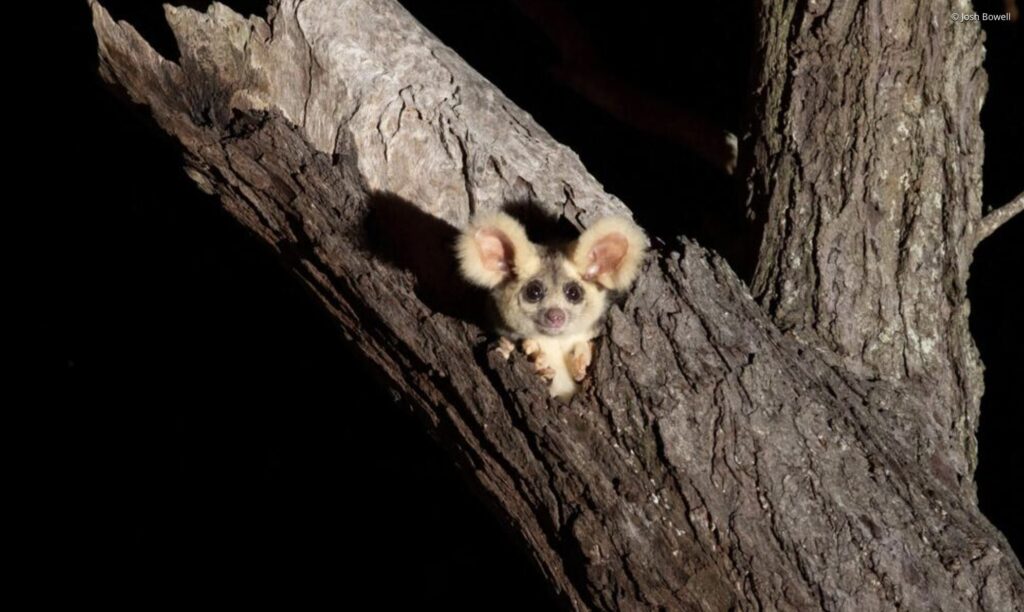How can AI impact wildlife conservation positively?
Sara • 05/15/2024
SHARE
AI is even creeping into the world of nature conservation, but for conservationists it’s proving to be a game changer, in a hugely constructive way.
Camera traps are one of the primary tools biologists and scientists use to collect data on biodiversity. Although, powerful images of wildlife are captured on camera traps, there are also thousands of photos without any animals at all. In many projects, up to 90% of the images captured are false triggers for example images of grass blowing or rain or snow falling without an animal in the frame.
So as a solution, WWF joined forces with other conservation organizations and Google to develop a better way to manage camera trap data called Wildlife Insights.
Wildlife Insights is an online platform that uses artificial intelligence to automatically filter out all those annoying blank images, find the ones that contain wildlife, and identify which species is in a photo, even if it’s just the end of a tail or the tip of a nose! Wildlife Insights is currently able to identify 1,300 different species.
With the ever-mounting challenges facing biodiversity, it’s essential that conservationists continue innovating through technology and partnerships like Wildlife Insights. Rapid access to actionable data means that those in charge can make faster, more effective conservation choices and decisions.

